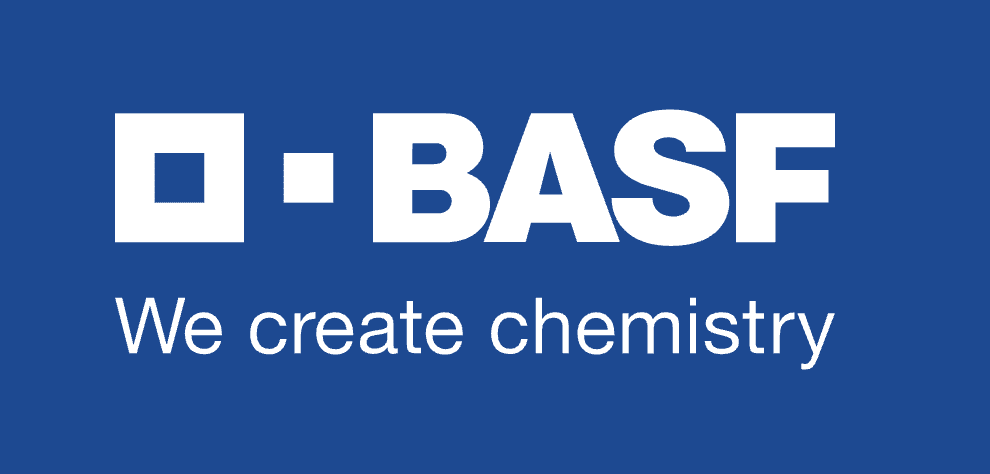Enhanced TDS
Identification & Functionality
- Chemical Family
- Polymer Name
- Plastics & Elastomers Functions
- Technologies
- Product Families
Features & Benefits
- Labeling Claims
- Materials Features
Applications & Uses
- Markets
- Applications
- Plastics & Elastomers End Uses
- Plastics & Elastomers Processing Methods
Properties
- Color (Properties)
- Flame Rating
- Mechanical Properties
Value Units Test Method / Conditions Tensile Modulus 2500.0 MPa ISO 527-1/-2 Yield Stress (50 mm/min) 55 MPa ISO 527-1/-2 Yield Strain (50 mm/min) 3.7 % ISO 527-1/-2 Nominal Strain at Break (50 mm/min) min. 50 % ISO 527-1/-2 Tensile Creep Modulus (1000 H, Strain < 0.5%, at 23°C) 1200 MPa ISO 899-1 Charpy Unnotched Impact Strength (at 23°C) 290 kJ/m² ISO 179/1eU Charpy Unnotched Impact Strength (at -30°C) 180 kJ/m² ISO 179/1eU Charpy Notched Impact Strength (at 23°C) 5 kJ/m² ISO 179/1eA Charpy Notched Impact Strength (at -30°C) 4 kJ/m² ISO 179/1eA Flexural Modulus 2300.0 MPa ISO 178 Flexural Strength 85.0 MPa ISO 178 Ball Indentation hardness (at 358 N/30 S) 130 MPa ISO 2039-1 Izod notched Impact Strength (23°C) 55 J/m ASTM D 256 - Typical Properties
Value Units Test Method / Conditions Polymer Abbreviation PBT - - Density 1300.0 kg/m³ ISO 1183 Viscosity Number (Solution 0,005 g/ml Phenole/1,2 Dichlorbenzol 1:1) 130 cm³/g ISO 307, 1157, 1628 Natural (at 23°C) Passed - - Water Absorption (Equilibrium in Water, at 23°C) 0.5 % similar to ISO 62 Moisture Absorption, Equilibrium (at 23°C/50% r.h) 0.25 % similar to ISO 62 Bulk Density 0.7 - 0.8 g/cm³ - - Thermal Properties
Value Units Test Method / Conditions HDT A (1.80 MPa) 65 °C ISO 75-1/-2 HDT B (0.45 MPa) 165 °C ISO 75-1/-2 Service Temperature (Short Cycle Operation) max. 200 °C - Coefficient of Linear Thermal Expansion, Longitudinal (at 23°C - 55°C) 110.0 x 10⁻⁶ /K ISO 11359-1/-2 Coefficient of Linear Thermal Expansion, Transverse (at 23°C - 55°C) 110.0 x 10⁻⁶ /K ISO 11359-1/-2 Thermal Conductivity 0.27 W/(m K) DIN 52612-1 Specific Heat Capacity 1250 J/(kg*K) - - Electrical Properties
Value Units Test Method / Conditions Relative Permittivity (100 Hz) 3.3 - IEC 62631-2-1 Relative Permittivity (1 MHz) 3.3 - IEC 62631-2-1 Dissipation Factor (100 Hz) 10.0 x 10⁻⁴ IEC 62631-2-1 Dissipation Factor (1 MHz) 200.0 x 10⁻⁴ IEC 62631-2-1 Volume Resistivity 1×10 ¹⁴ Ohm.m IEC 62631-3-1 Surface Resistivity 1×10¹³ Ohm IEC 62631-3-2 Comparative Tracking Index - CTI 550 - IEC 60112,Test LIquid A Comparative Tracking Index - CTI M 450 - IEC 60112,Test Liquid B Electric Strength K20/K20, (60*60*1 mm³) 36 kV/mm IEC 60243-1 - Flammability
Value Units Test Method / Conditions Burning Behaviour (at Thickness D = 1.5 mm) HB class IEC 60695-11-10 Burning Behaviour (at Thickness D = 0.75 mm) HB class IEC 60695-11-10 Automotive Materials (Thickness D > 1mm) ³ Passed - ISO 3795, FMVSS 302 Burning Behaviour (at Thickness D = 3 mm) HB class UL-94, IEC 60695 Yellow Card available Yes - UL-94, IEC 60695 Oxygen Index 20.0 % ISO 4589-1/-2 - Processing Properties
Value Units Test Method / Conditions Melt Volume flow Rate (at 250°C and 10 kg) 19.0 cm³/10min ISO 1133 Melting Temperature 223.0 °C ISO 11357-1/-3, DSC Melt Temperature (Injection Molding/Extrusion) 250 - 275 °C - Mould Temperature (Injection Moulding) 40 - 70 °C - Molding Shrinkage (Parallel) 1.6 % ISO 294-4 Molding Shrinkage (Normal) 1.9 % ISO 294-4 - Note
1. If product name or properties don't state otherwise.
2. The asterisk symbol '*' signifies inapplicable properties.
3.+ = passed
Regulatory & Compliance
- Certifications & Compliance
- Quality Standards
Safety & Health
- Product Safety
Ultradur® melts are stable at temperatures up to 280°C and do not give rise to hazards due to molecular degradation or the evolution of gases and vapors.
Like all thermoplastic polymers, however, Ultradur decomposes on exposure to excessive thermal stresses, e.g. when it is overheated or as a result of cleaning by burning off. At temperatures of > 290°C can be emitted: carbon monoxide, tetrahydrofuran.Under special fire conditions traces of other toxic substances are possible.
Formation of further decomposition and oxidation products depends upon the fire conditions. When Ultradur® is properly processed and there is adequate suction at the die no risks to health are to be expected.Further safety information see safety data sheet of individual product.
Packaging & Availability
- Packaging Conditions
Standard packaging includes the 25-kg-bag, the 1000 kg octabin (octagonal container) or the 1000 kg big bag.
All containers are tightly sealed and should be opened only immediately prior to processing.
Storage & Handling
- Storage Conditions
Ultradur® can be stored for a longer period of time in dry, well vented rooms without causingproblems in processing.
Ultradur® should generally have a moisture content of less than 0,04% when being processed.
In order to ensure reliable production, therefore, pre-drying should generally be the rule and the machine should be loaded via a closed conveyor system.
In order to prevent the formation of condensed water, containers stored in unheated rooms must only be opened when they have attained the temperature prevailing in the processing area.
Measurements have shown that the interior of a 25-kg bag originally at 5°C had reached the temperature of 20°C in the processing area only after 48 hours.
